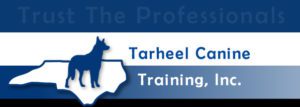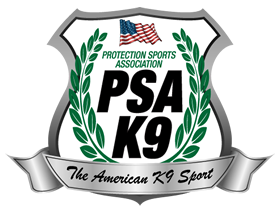Notes on Neutrality
In this episode, Jerry Bradshaw discusses:
-
The importance of neutrality in all aspects of dog training (not just obedience).
-
Creating reflexes, capping at the right time, and building a powerful dog.
-
Reversing reflex actions with desensitization – and doing it properly.
-
Developing behaviors then pushing the threshold.
-
Training neutrality at your PSA club.
Key Takeaways:
-
Create more neutrality than you need for the level that you are in.
-
Capping is the first stage in creating neutrality and allows the dog to hold on to the emotionality for a short period of time before they express it.
-
Start training neutrality with dead equipment. You can start training capping around the objects on the ground.
-
Training neutrality will work at different paces and through different variables depending on your dog. Be patient, maintain technique, and don’t rush.
“Different dogs will be more or less susceptible to creating neutrality. Don’t compare your dog to others. Twitchy, reflexive, or defensive dogs are going to be tougher to manage neutrality in.” — Jerry Bradshaw
Get Jerry’s book Controlled Aggression on Amazon.com
Contact Jerry:
Find us on social:
Youtube, Twitter, Instagram, Facebook,
PSA (Protection Sports Association)
Slideshare: Tarheel Canine
Thanks to our sponsors:
PSA & American Schutzhund
Aaron’s Superior Canine Email
Train hard, train smart, be safe.
Show notes by Podcastologist Chelsea Taylor-Sturkie
Audio production by Turnkey Podcast Productions. You’re the expert. Your podcast will prove it.


